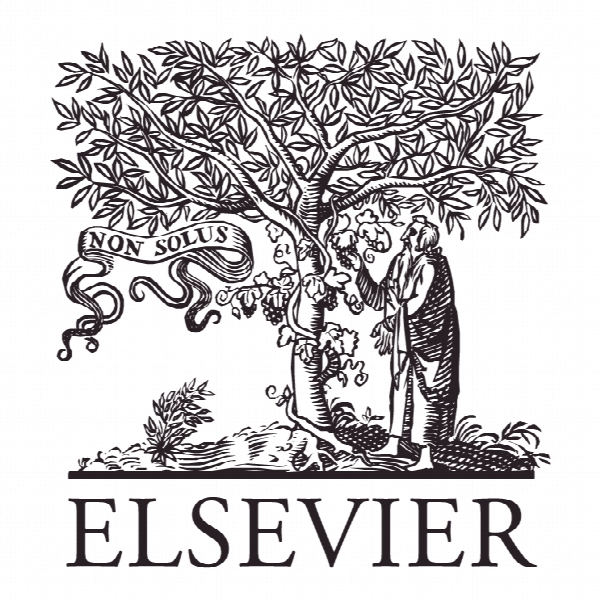مدل سازی عدم تجانس درون فصلی در مدل های واکنشی – تبلیغاتی ساعتی: آیا پیش بینی را بهبود می بخشد؟ Modeling intra-seasonal heterogeneity in hourly advertising-response models: Do forecasts improve?
- نوع فایل : کتاب
- زبان : انگلیسی
- ناشر : Elsevier
- چاپ و سال / کشور: 2017
توضیحات
رشته های مرتبط مدیریت
گرایش های مرتبط مدیریت کسب و کار MBA و مدیریت بازرگانی
مجله بین المللی پیش بینی – International Journal of Forecasting
دانشگاه دانشکده کسب و کار و علوم اداری، مدیریت بازرگانی، اوکان، استانبول، ترکیه
نشریه نشریه الزویر
گرایش های مرتبط مدیریت کسب و کار MBA و مدیریت بازرگانی
مجله بین المللی پیش بینی – International Journal of Forecasting
دانشگاه دانشکده کسب و کار و علوم اداری، مدیریت بازرگانی، اوکان، استانبول، ترکیه
نشریه نشریه الزویر
Description
1. Introduction Ever since time series data on advertising and sales have become available, there have been discussions about the appropriate level of aggregation to use when estimating advertising responses, and when forecasts at different aggregation levels are required. A classic study is that by Clarke (1976), who shows that the longitudinal impact of advertising will be overestimated grossly if the analyst considers the same type of model for different levels of aggregation; see also Russell (1988). This notion is illustrated again by Tellis and Franses (2006), who show that the familiar Koyck model for higher frequency data becomes another, and more involved, time series regression model for aggregated data. In brief, one by-product of aggregationis that the model must change too. Of course, the reverse situation also holds true: high frequency data may reveal intra-seasonal heterogeneity, like hour-of-the-day effects, and hence, disaggregated data often require a more complex model. A similar result appears for data transformations; see De Bruin and Franses (1999). When the higher frequency data are, say, log-transformed to mitigate the impact of extreme observations and to dampen the variance, a move towards aggregated data may remove the need for such transformations, as these extreme observations will be ‘‘aggregated away’’. This paper considers the temporal aggregation of advertising response models, ranging from micro models at the hourly level to models for data aggregated to the weekly level. We find that different aggregation levels require appropriate data transformations. Our motivation for this study arises from the concern as to whether models at the hourly level can be expected to perform well as forecast tools for lower frequency data. It is well understood that, under perfect aggregation, disaggregated models will outperform models at a lower frequency, because of the loss of information incurred by aggregation.


